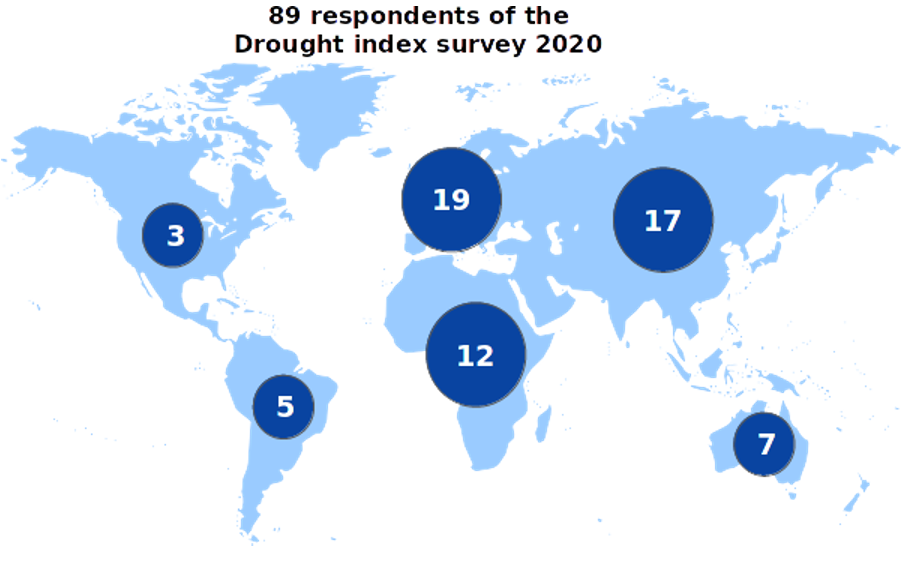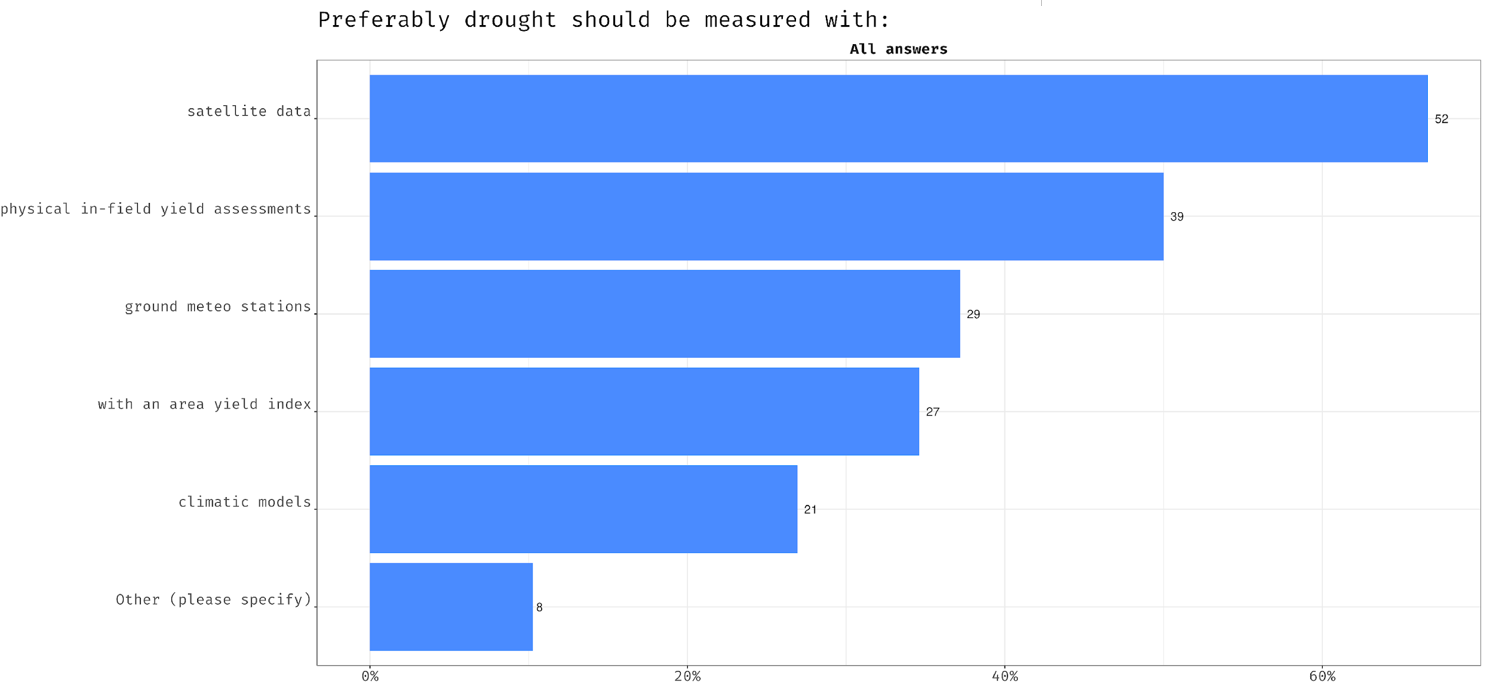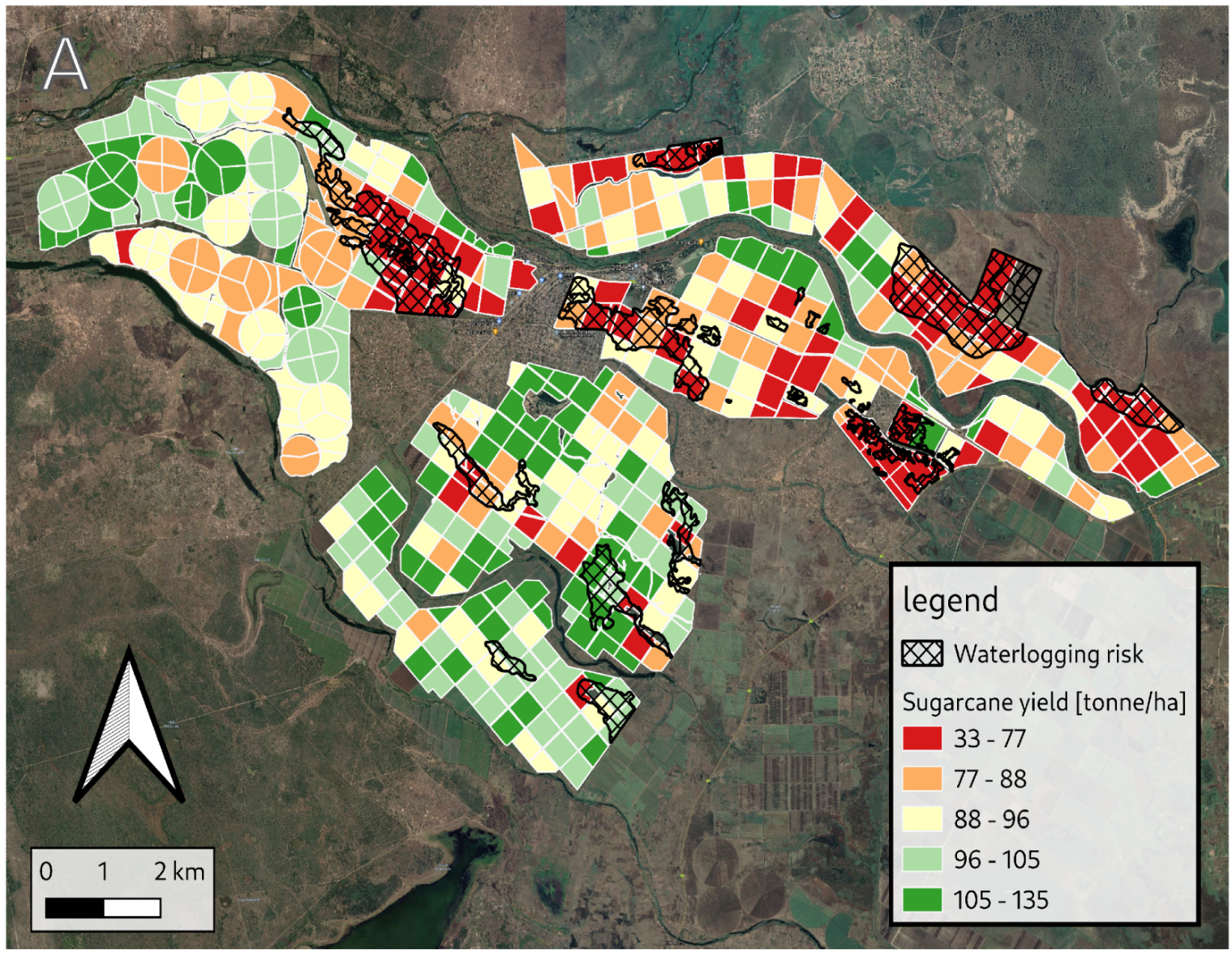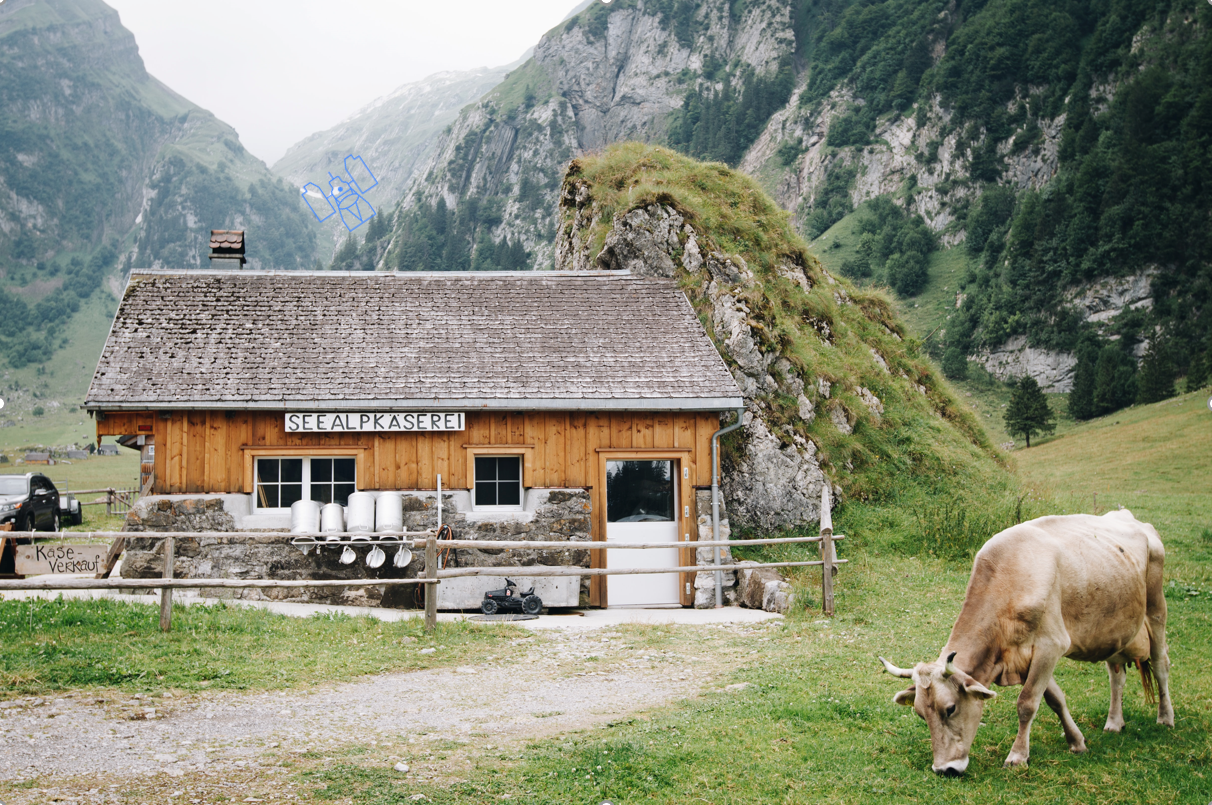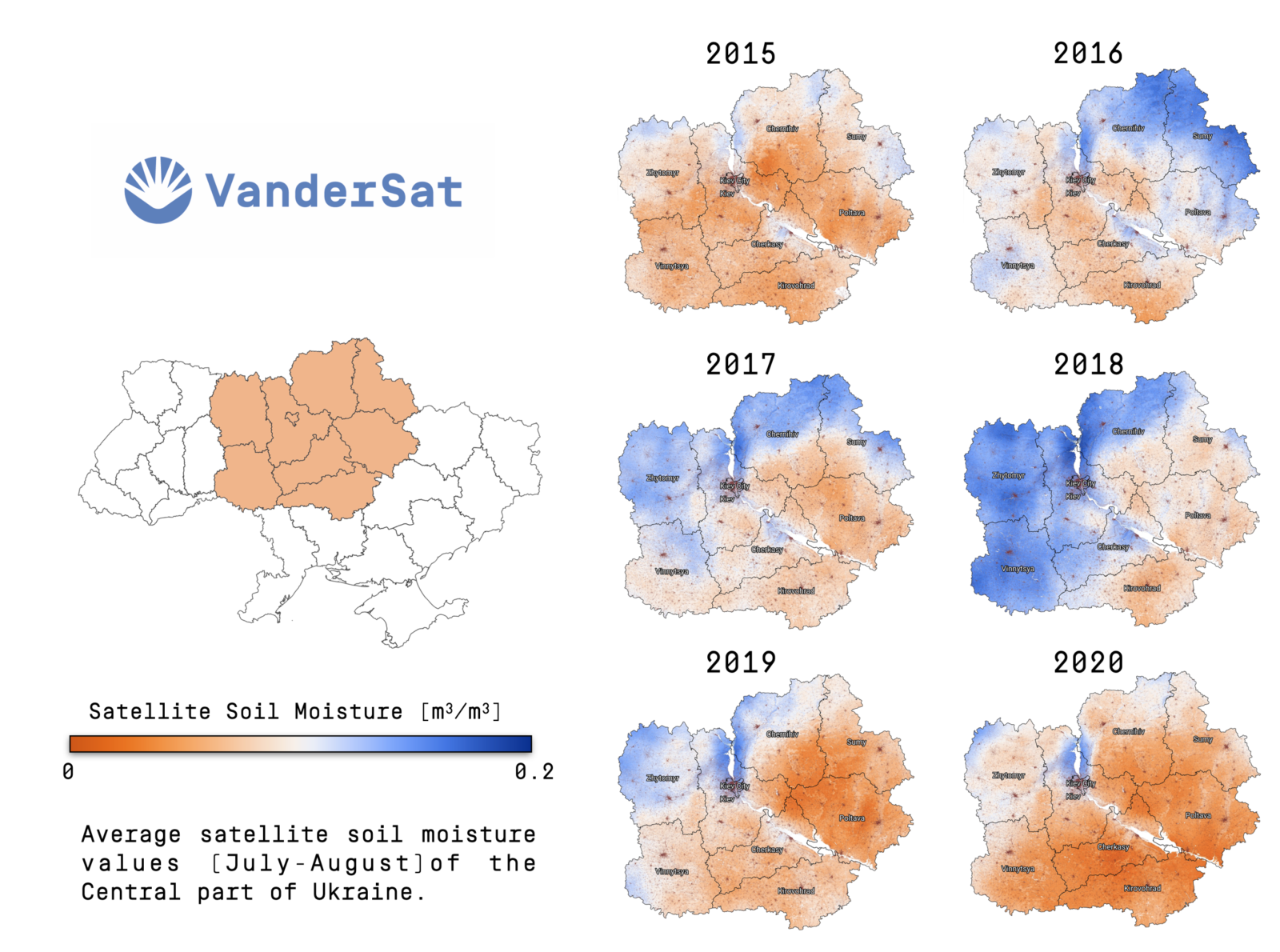New options for managing drought risk – drought insurance survey
What can the insurance industry do to help? Learnings from the most comprehensive market survey about drought insurance
January 20, 2021
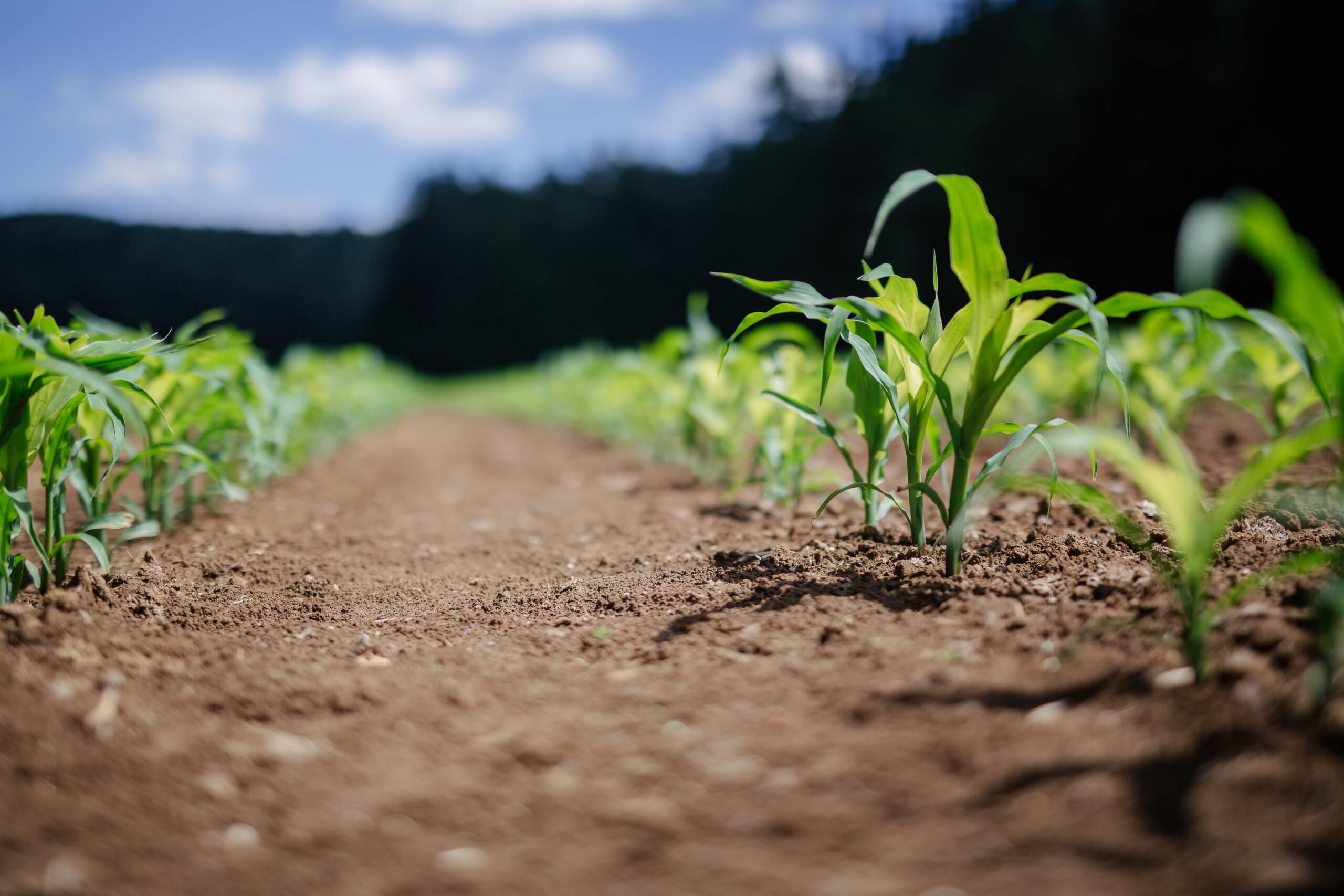
he world has seen a a record heat year, 2020 will be the second hottest ever measured after 2016, and the 2011-2020 decade will be the warmest ever according to the World Meteorological Organization (WMO) . This situation puts farmers and other actors of the food value chain under pressure. A hot and dry season can easily put their income at risk if they are not properly insured. AgroInsurance and VanderSat partnered up to conduct a global drought insurance survey to develop a better understanding of the current situation and the upcoming trends in the drought insurance market.

